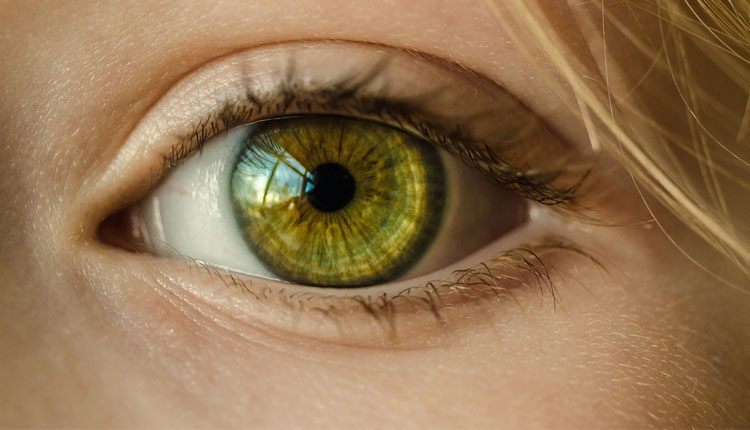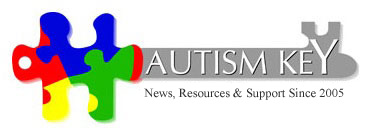
Bridging the Connection Between Autism and Vision
When pondering the autistic brain, one would not leap to studying vision as a primary focus of concern. Vision seems to have nothing to do with the three key diagnostic criteria of autism which include: impairments in communication, impairments in social interactions and repetitive behaviors. Indeed, individuals with autism are known to have superior powers of visual observation, keying into elements of their visual environment that neurotypicals would be oblivious to.
In a 2019 study, University of Montreal psychiatrist Laurent Mottron suggests that the autistic brain concentrates more on visual processing and less on planning and impulse control. This makes ASD people up to 40% faster at problem-solving. He and his team gave autistic subjects a test called Raven’s Standard Progressive Matrices which relies upon visual patterning. Naysayers expected the ASD test takers to perform poorly, but they tested to be perceptual experts far superior in processing patterns than neurotypicals.
But while excelling in this aspect of vision, other aspects of autistic vision are weaker. Scientists are now discovering that individuals with autism have problems with visual processing that underlie common autistic traits.
For instance, autistic people tend to have difficulty shifting their gaze to take in all elements of a scene.
Rapid shifts in gaze, called saccades, are altered in autistic individuals under certain conditions. These altered saccades are traceable to neurons in the cerebellum, a part of the brain that plays a prominent role in shaping some of the core traits of autism. Abnormal saccades shed new light on the ASD avoidance of eye contact as not necessarily an aversion to social interaction. Their eye movements may not even allow them to do so.
A lack of eye movement and coordination also factor into facial recognition. Face recognition is believed to rely upon the ability to extract spatial relationships between visual elements such as the eyes, nose and mouth. Lack of facial awareness can have profound effects. A baby born with autism can miss out on vital social cues such as those related to emotions and gaze. Not being able to discern that someone is talking to them could impact language acquisition. Weak facial recognition is believe contribute to an autistic child’s social withdrawal as they shut down in confusion.
Similar technology behind Google Glass, which failed with the general public due to privacy concerns, is currently being researched to help children with autism read facial expressions and emotions. Many studies and articles that exist praise it, but experts warn that the gains were fleeting and the clinical trials were not up-to-snuff.
Individuals with autism have simultaneous super powers and marked deficits when it comes to their vision. It’s interesting to learn of the importance of visual processing and how it underlies many autistic traits. In the midst of so much knowledge, scientists still have a new trail to blaze in understanding autism.
# # #
